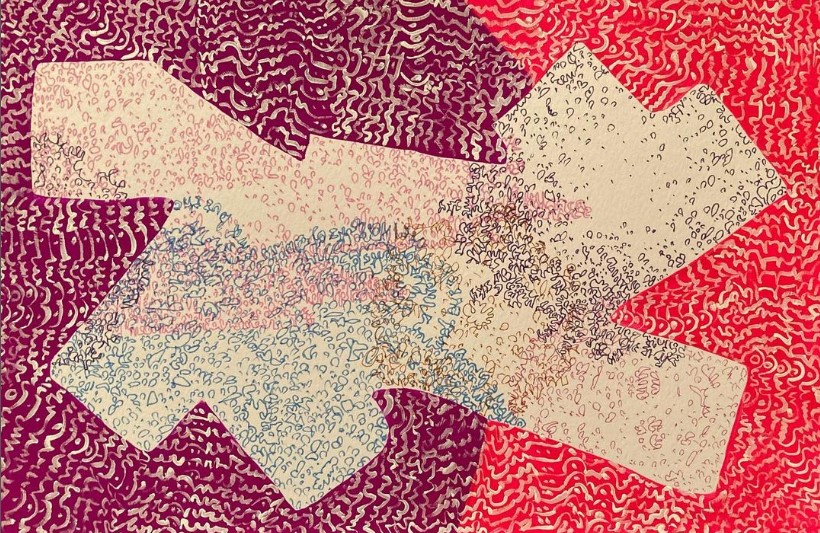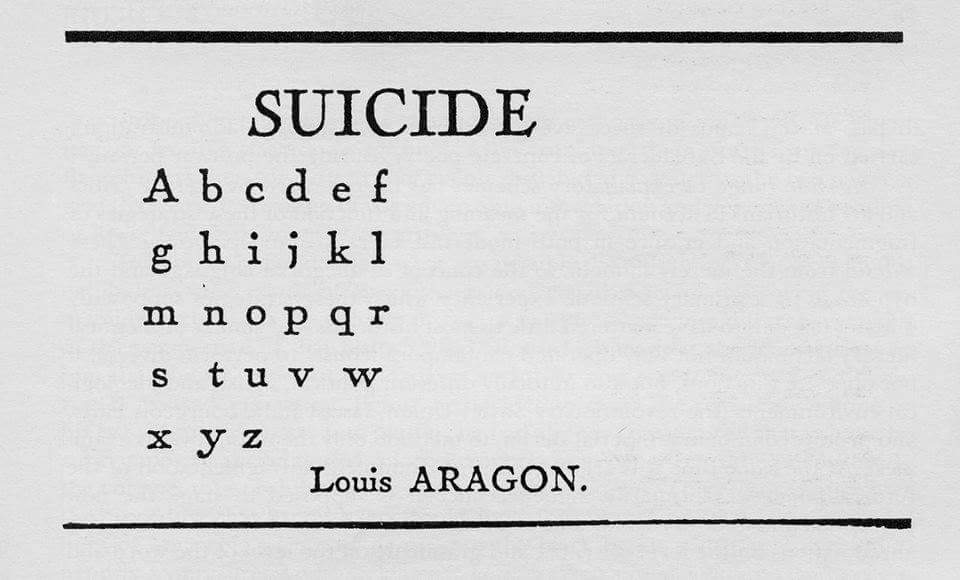If you were to come across a ten-syllable lined poem, you would probably expect it to be iambic pentameter. And you would probably be right. However, regular meter is not the only possibility when creating a poem with a regular number of syllables.
A poem with a regular number of syllables, but without meter, is known as a syllabic poem. There can be something charming in such a poem, where the regularity of the lines creates the pattern. The inclusion of other patterns--end rhymes and alliteration, for example--can bring a little more poetic order to the irregularity of the rhythms within the lines.
Syllabics is hardly a new form for most people. Most people are familiar with the haiku, a popular Japanese form. The haiku is created by counting syllables and putting them into three lines. Five syllables, followed by seven, followed by five. (Note, a poem is only a haiku if it's a nature poem; if your 5-7-5 syllable poem isn't about nature, it's a senryu.) Thus, a haiku (or senryu) is a syllabic form. This is the case with many Chinese and Japanese forms, because of the sound structures of the languages. However, as the popularity of this form among Anglophone poets indicates, English can certainly fit well into these forms.
How I Was Moved to Feed the Birds
The black grackle hoppedUp onto the patioIts feet puddle-damp.
As you can see, the above is a proper haiku. If you are concerned about being too constricted by the number of syllables, you can always give it a nice, long title, as I have done with this one. Let me show you a poem in which I balance out the syllabics (10-count in this case) with rhyme:
Constructal Trees
I love the branching form of dicot trees--
Order, chaos, criticality please
The eye with expectation and a tease
Of difference. The bald cypresses have knees
That clear the water. Mangroves border seas
And branch above and below their trunks. Breeze
Brings movements to branches as their leaves seize
The air. A few have flowers, attract bees
And bats and birds and butterflies. Decrees
Are sung from their branches. We feel disease
If we're too far away from their firm lees
And their shadow darkening a few degrees
From the heat. And what other guarantees
Our air, ensuring that we do not wheeze
Through life? (Unless their pollen makes us sneeze.)
Complex beauty belongs to all of these--
We thus must always be all life's trustees.
The use of the same rhyme in each line is intended to box in the poem a little more, making up for the looseness of the syllabics. Of course, you don't have to do that at all. You can just leave it loose, which itself creates its own sonic feel:
Rebirth
The man I was, the child I've become
Are separated by the gulf of Hell--A sea-voyage past terrible islands,Into storm-tosses seas of chaos--withoutThe benefit of the taste of Lethe.Surrounded by black flames and spirits IWrestled with the Devil until I wonThe right to sail from the storm and awayFrom the beautiful islands of joy--blissBlew in from the west to carry me, cold,Up to the rising sun creating newHorizons of rosy-red, orange, and goldSpread across the sea--evening's rainbow seaShining smooth in front of me in blue miles.Nothing can be the same for me from now.I have returned to these stone shores, reborn,A child once again, I'm living wonder--A child returned from graves of living men--A child with eyes that learned to understandIn ways the man I was could never do,Blinded by my dark, preconcepted world.Now, I see the world I thought I knew--darkIs light. I return to these shores, reborn.
There are some who may, perhaps, consider this a kind of prose with line breaks (I have complained about such in the past), but the regularity of the line breaks creates a different feeling than if the line breaks were more irregular. This makes it something other than free verse. Forms are all created through regularities.
I think that syllabics are more interesting once you have mastered meter. There's a difference between creating syllabics because you want to and creating them because you don't know how to write in meter. I encourage you to work on mastering meter first, and then trying your hand at syllabics. There's a lot of potential in syllabics, but only among the most skilled at the other poetic forms.



